Ingrid, Nature Photographer - Indi-photo
A great day of cross country skiing along a remote trail in the Grey Bruce Conservation area in in Ontario, the afternoon sun sparkled through the snow covered trees from the heavy snow-fall the day before. I chose a barely visible trail along the Rankin River, gliding my way over and down the gentle hills enjoying the fresh cool air on a beautiful blue-sky day. At the crest of a hill looking down toward the river I spotted movement in the water. As a freelance nature photographer ever ready for any opportunity to capture wildlife, my only thought was to reach for my camera, shoot and then investigate what I was looking at!
To my great surprise and delight I observed two feral swans majestically swimming upstream along a small corridor of water that snaked along the frozen river. I was breathless with wonder at the slight of these two birds, as I noted that one was a Trumpeter and the other a Mute. I immediately thought of them as the “The Odd Couple”. I had to think quickly and decided to pursue and overtake them, hopefully able to secure a better angle as they approached up the river. In a frenzied, if not enthusiastic struggle, I ploughed though the snow, breaking trail to find just the perfect spot to lay in wait for another opportunity to photograph the two. That day was transformed into a surreal land of snowy serenity as I captured photo after photo of their gentle sweep up the river.
The trumpeter swan (Cygnus Bubbinator) is the world's largest member of the waterfowl family. They have an angular wedge-shaped head profile, with the black bill appearing to merge with the eye. Their feet, legs and bills are jet black, with an orange-red border on the mandible (lower jaw) and have snowy white feathers with up to an 8-foot wingspan. They are native to North America and by 1912; the species was close to extinction, having been hunted for its skin, feathers, meat, and eggs. Since this time it has made an amazing recovery and is no longer listed as endangered, mainly due to its protection and the Trumpeter Swan Reintroduction Program.
The Mute Swan (Cygnus olor) is a Eurasian member of the swan family. Despite their name and tendency to be quieter than other kinds of swans, they are not mute, and do vocalize. The Mute is a large all-white waterfowl with up to a 7-foot wingspan, long curved neck, black face and a bright orange bill with a black knob on the top front. Mute Swans were introduced to north America in the late 1800s primarily for their ornamental value and has since has been widely viewed as an invasive species because of its rapidly increasing numbers. Mute swans can be aggressive in its protection of the nest and can be a formidable adversary with its impressive hissing, able to chase away predators as large as a fox. Swans pair with mates for life. The female (pen) and the male (cob) mate as 2-year-olds, but delay breeding until their third, fourth, or even fifth year. If one of the pair is lost, a new mate will be found.
I contacted the renowned wildlife biologist Harry Lumsden, a Member of the Order of Canada, who is the authority on swans and a wealth of knowledge. He is notable for the extraordinary television documentary of a team who were striving to reintroduce the Trumpeter Swan to Ontario. They had to teach the Swans how to migrate, and trained them by teaching them to fly their migration route beside ultra light aircraft. As the “Odd Couple” were two different species, Dr.Lumsden assured me of the improbability that they were mates. Swans are social and enjoy the company of other swans regardless of species. Dr. Lumsden had some experience with a mixed brood of swans resulting in hybrids, although only in captivity. The Grey Bruce Conservation Authority had not received any reports of sighting of swans and very pleased to hear the Trumpeter was more then likely one of the off spring of the Reintroduction program.
Although the Trumpeter Swan has made an amazing recovery and is no longer listed as endangered, the Trumpeter swans can still be considered threatened. Swans may develop lead poisoning by ingesting lead shot and fishing sinkers during feeding, coupled with the widespread destruction and degradation of our wetland areas also decreases suitable habitat areas. It remains the responsibility of everyone to ensure that this magnificent species remains a legacy for future generations to enjoy.
Ingrid












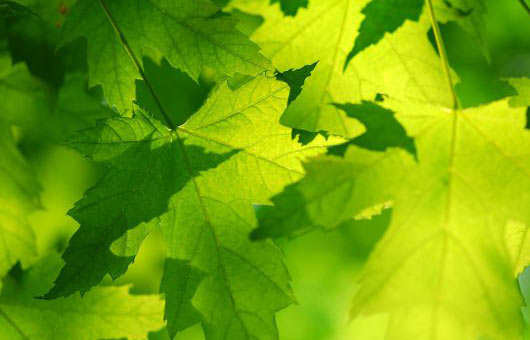
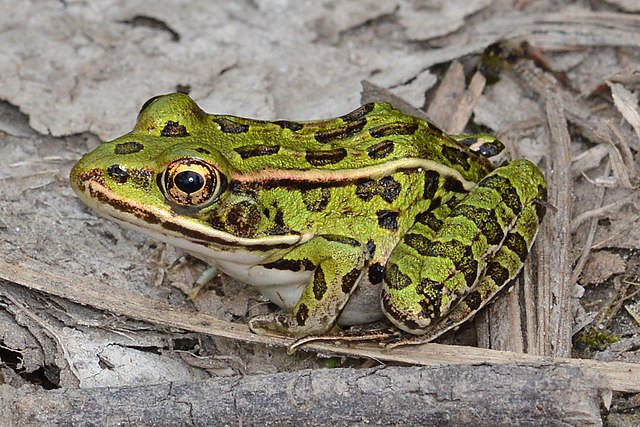
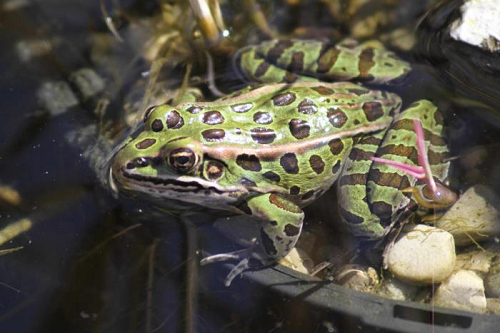
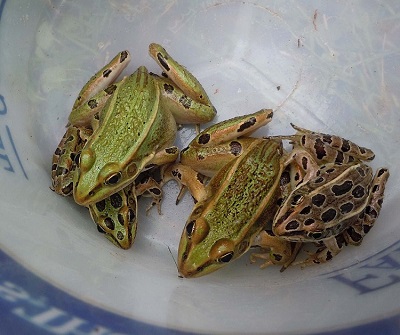
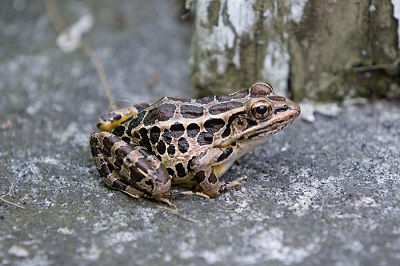

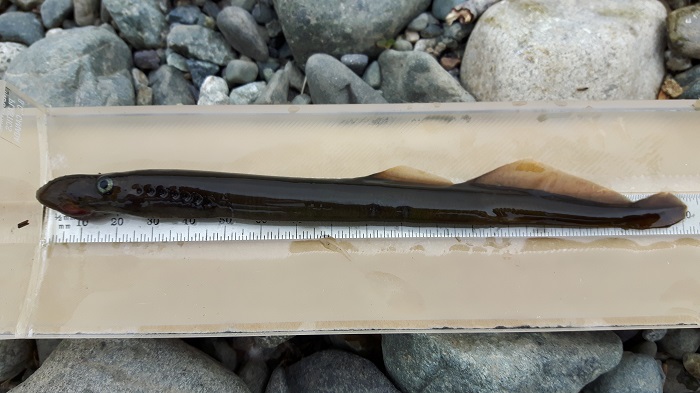
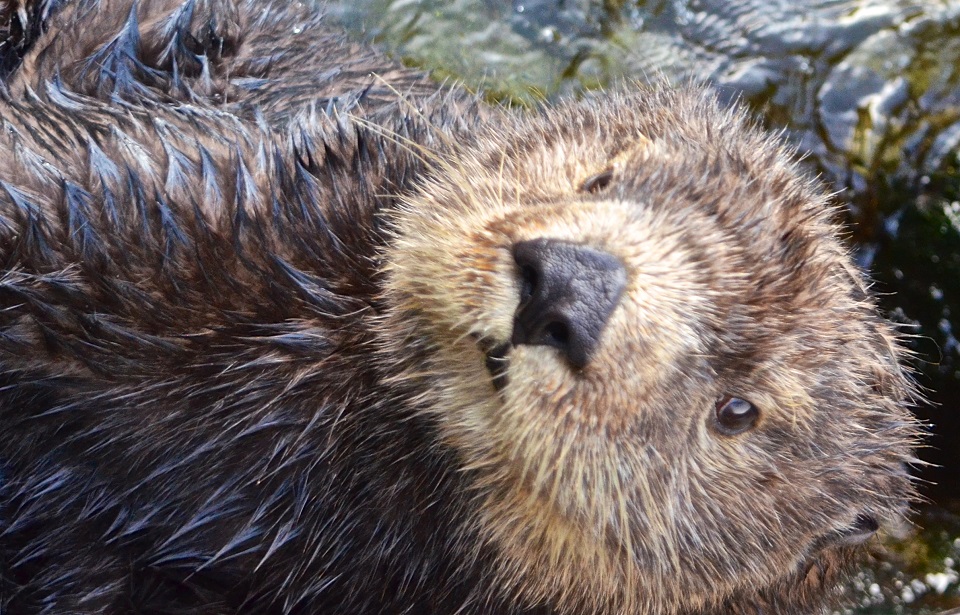

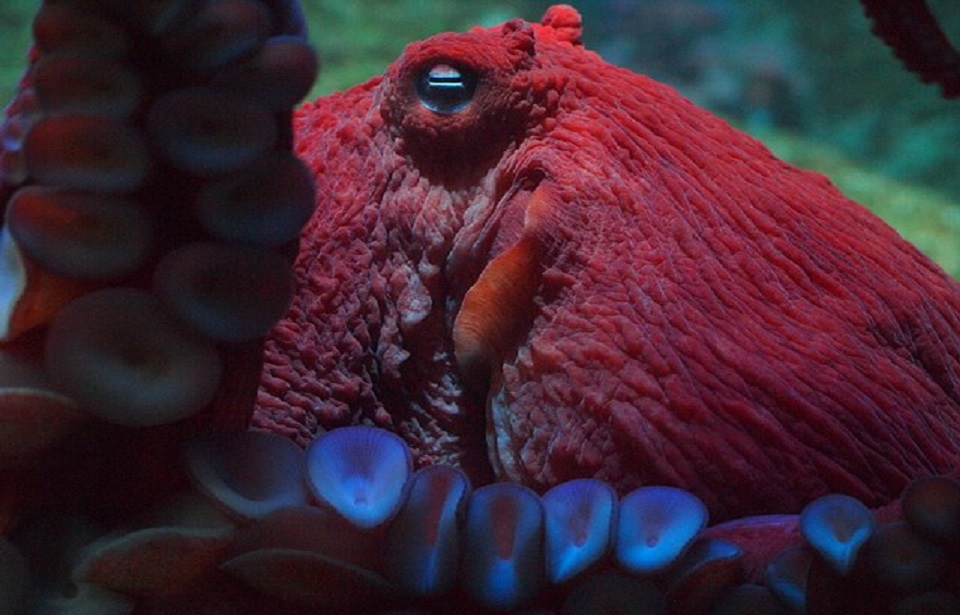
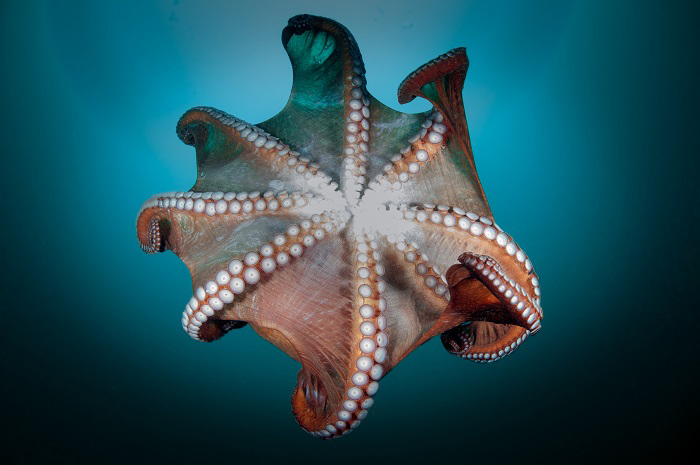

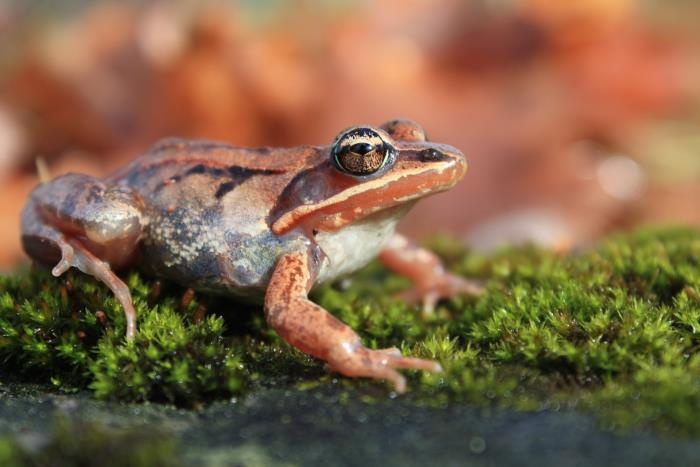

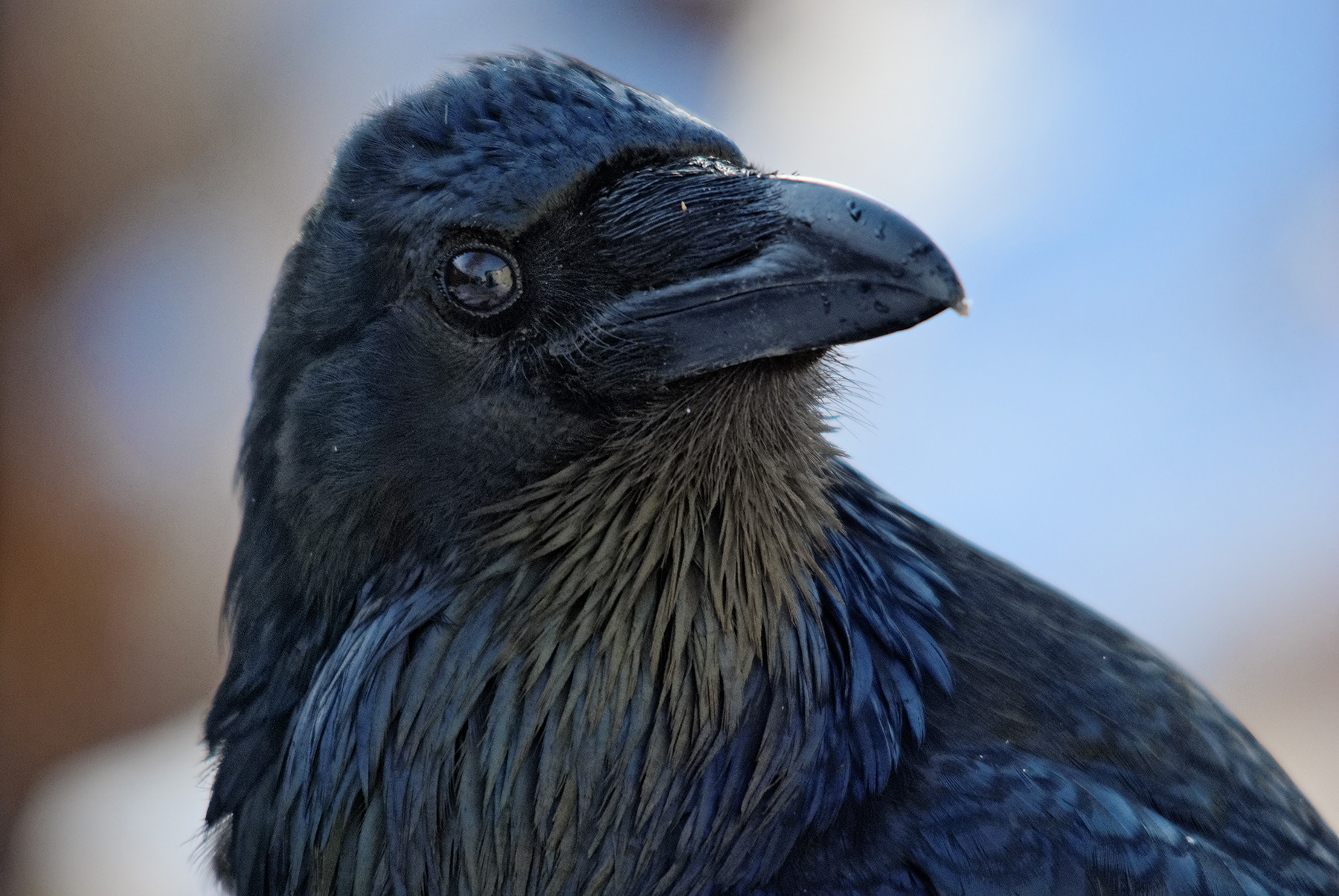
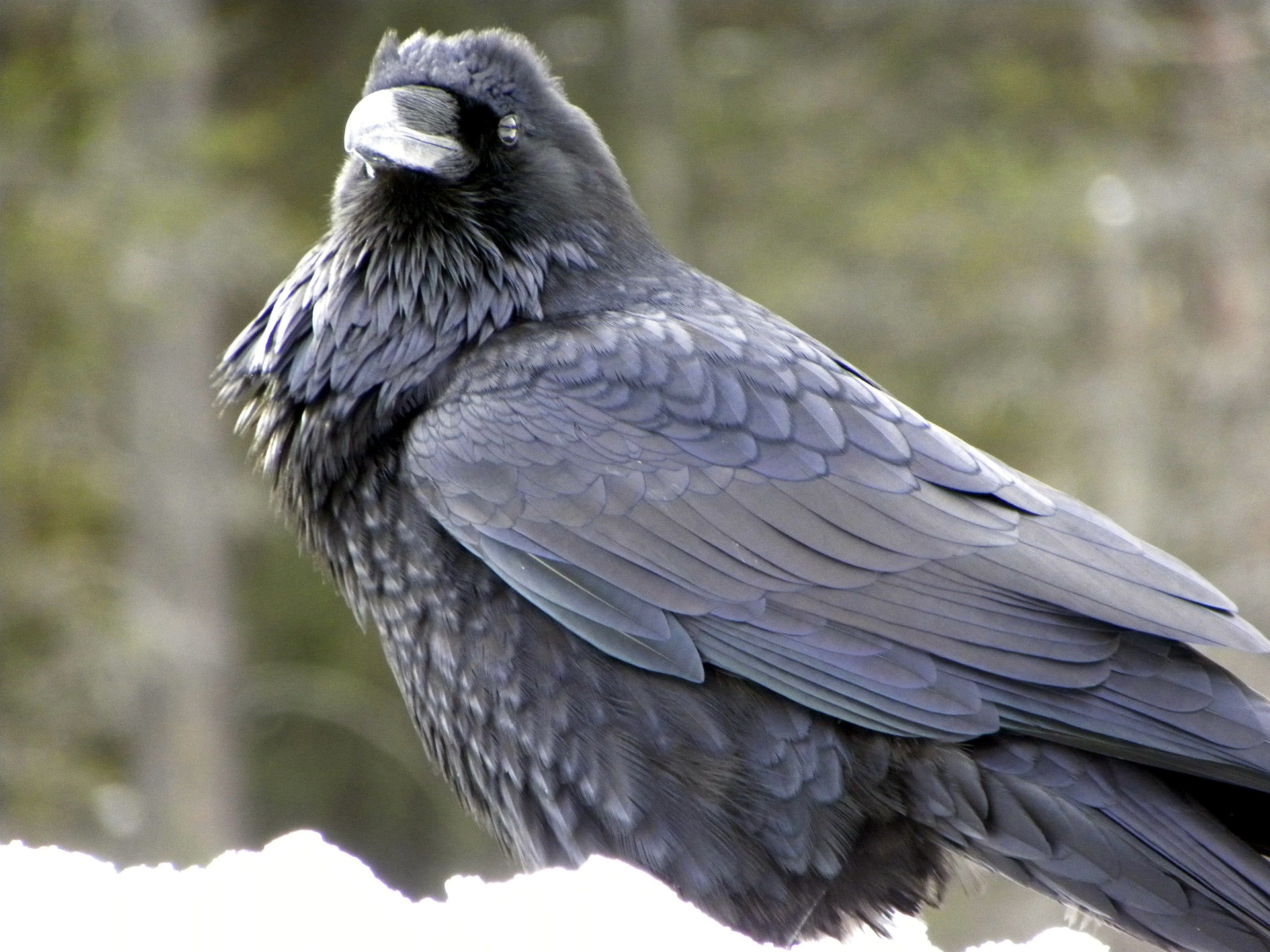

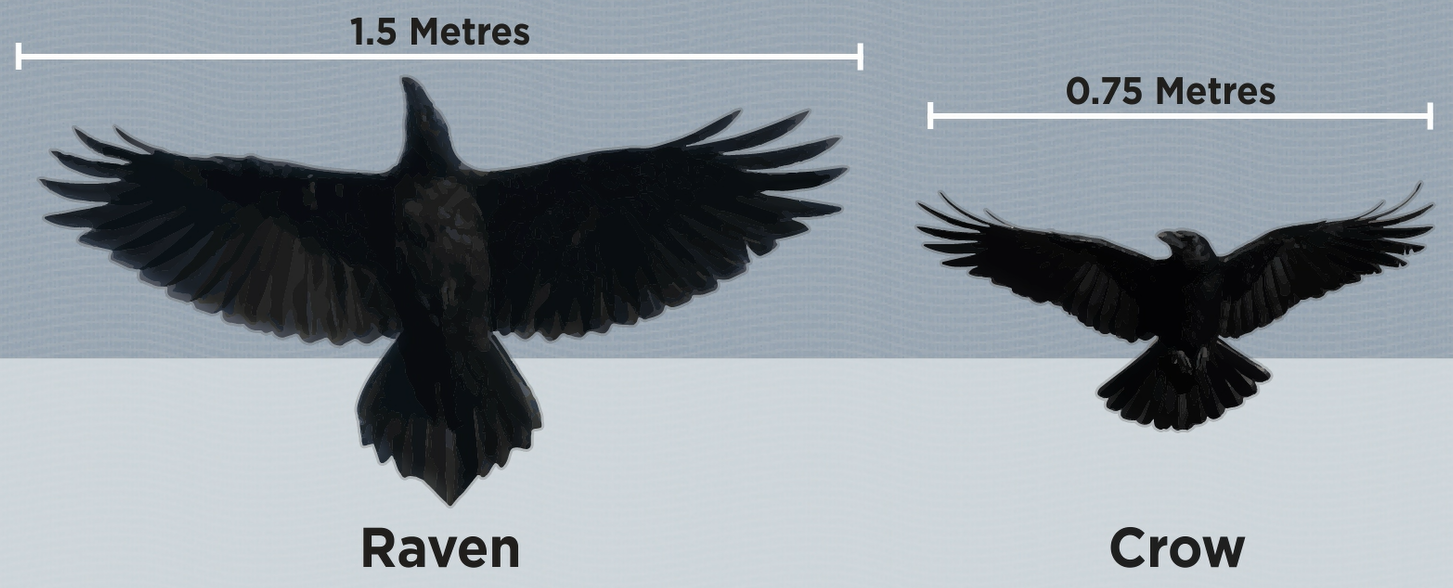
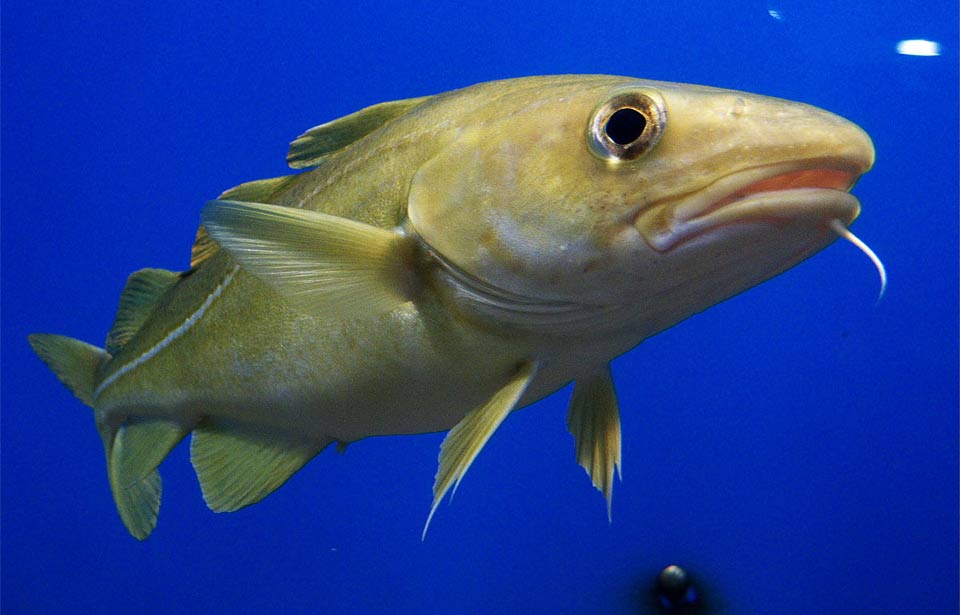
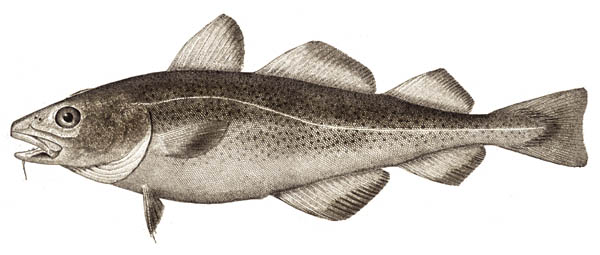 The Atlantic Cod (Gadus morhua) is a medium to large saltwater fish: generally averaging two to three kilograms in weight and about 65 to 100 centimetres in length, the largest cod on record weighed about 100 kg and was more than 180 cm long! Individuals living closer to shore tend to be smaller than their offshore relatives, but male and female cod are not different in size, wherever they live.
The Atlantic Cod (Gadus morhua) is a medium to large saltwater fish: generally averaging two to three kilograms in weight and about 65 to 100 centimetres in length, the largest cod on record weighed about 100 kg and was more than 180 cm long! Individuals living closer to shore tend to be smaller than their offshore relatives, but male and female cod are not different in size, wherever they live.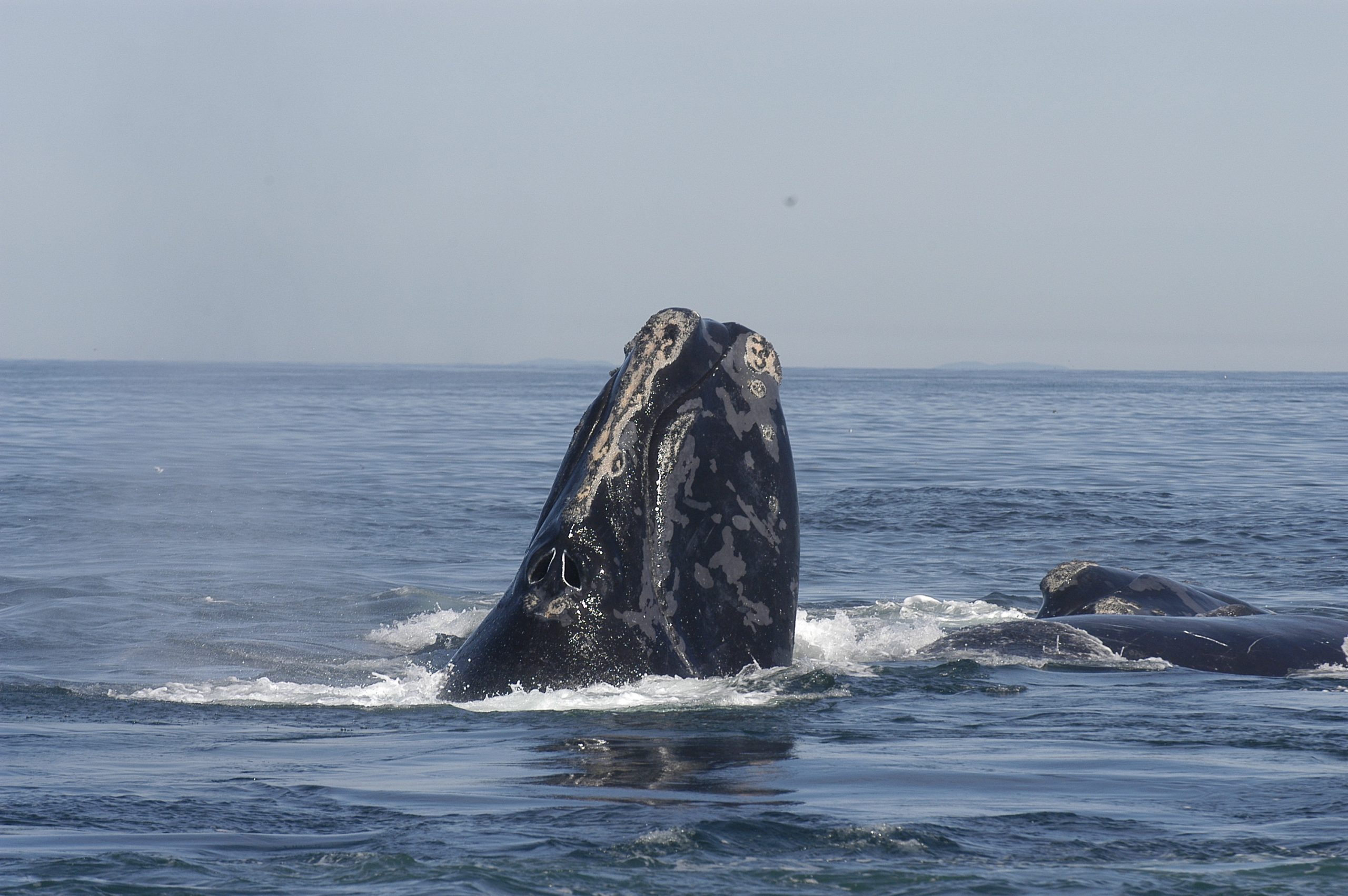
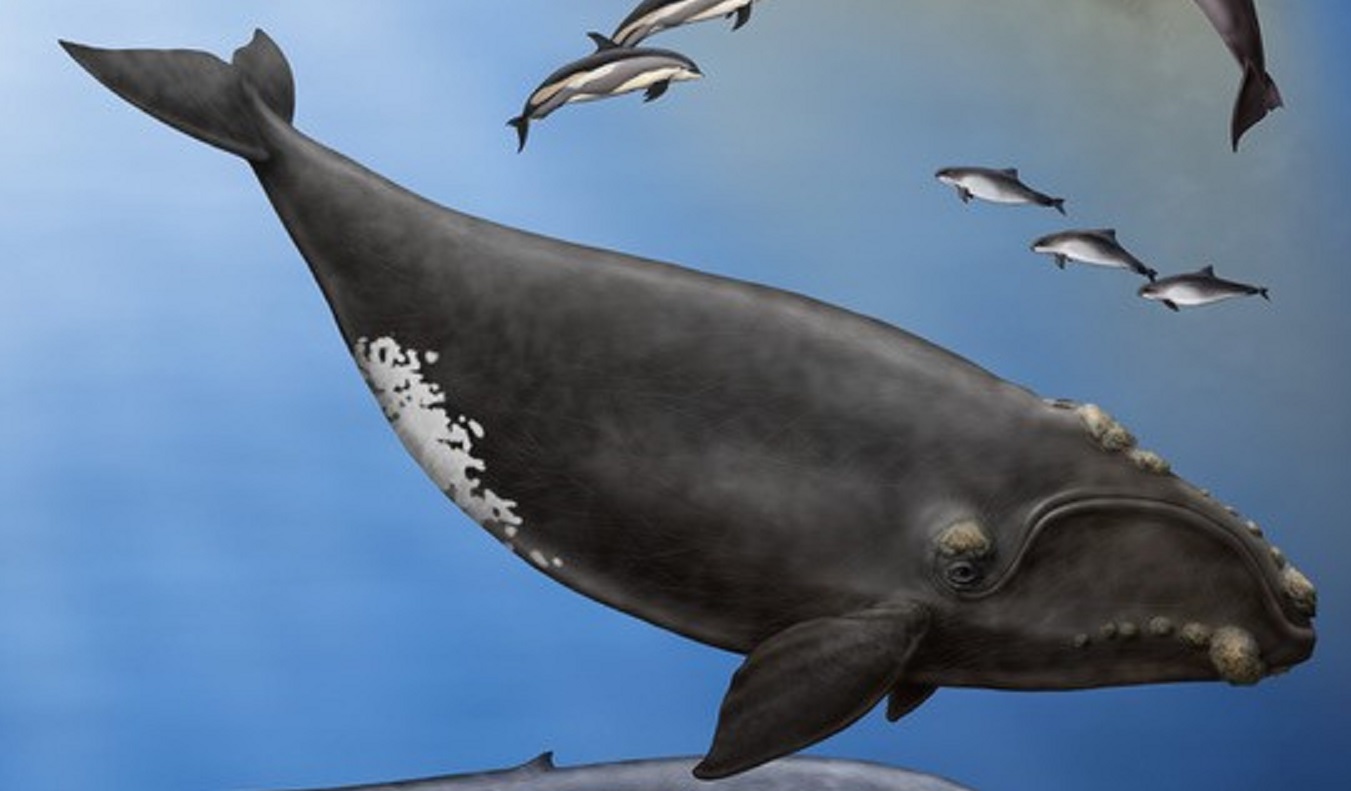 The North Atlantic Right Whale (Eubalæna glacialis) is one of the rarest of the large whales. It can weigh up to 63,500 kilograms and measure up to 16 metres. That’s the length of a transport truck and twice the weight! Females tend to be a bit larger than males – measuring, on average, one metre longer. Considering its weight, it’s fairly short, giving it a stocky, rotund appearance. Its head makes up about a fourth of its body length, and its mouth is characterized by its arched, or highly curved, jaw. The Right Whale’s head is partially covered in what is called callosities (black or grey raised patches of roughened skin) on its upper and lower jaws, and around its eyes and blowhole. These callosities can appear white or cream as small cyamid crustaceans, called “whale lice”, attach themselves to them. Its skin is otherwise smooth and black, but some individuals have white patches on their bellies and chin. Under the whale’s skin, a blubber layer of sometimes more than 30 centimetres thick helps it to stay warm in the cold water and store energy. It has large, triangular flippers, or pectoral fins. Its tail, also called flukes or caudal fins, is broad (six m wide from tip to tip!), smooth and black. That’s almost the same size as the Blue Whale’s tail, even though Right Whales are just over half their size. Unlike most other large whales, it has no dorsal fin.
The North Atlantic Right Whale (Eubalæna glacialis) is one of the rarest of the large whales. It can weigh up to 63,500 kilograms and measure up to 16 metres. That’s the length of a transport truck and twice the weight! Females tend to be a bit larger than males – measuring, on average, one metre longer. Considering its weight, it’s fairly short, giving it a stocky, rotund appearance. Its head makes up about a fourth of its body length, and its mouth is characterized by its arched, or highly curved, jaw. The Right Whale’s head is partially covered in what is called callosities (black or grey raised patches of roughened skin) on its upper and lower jaws, and around its eyes and blowhole. These callosities can appear white or cream as small cyamid crustaceans, called “whale lice”, attach themselves to them. Its skin is otherwise smooth and black, but some individuals have white patches on their bellies and chin. Under the whale’s skin, a blubber layer of sometimes more than 30 centimetres thick helps it to stay warm in the cold water and store energy. It has large, triangular flippers, or pectoral fins. Its tail, also called flukes or caudal fins, is broad (six m wide from tip to tip!), smooth and black. That’s almost the same size as the Blue Whale’s tail, even though Right Whales are just over half their size. Unlike most other large whales, it has no dorsal fin.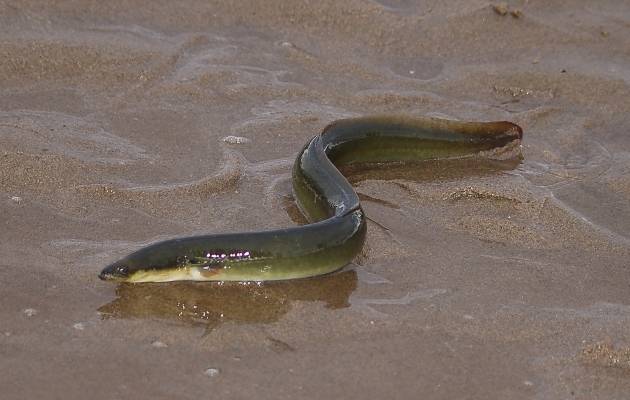
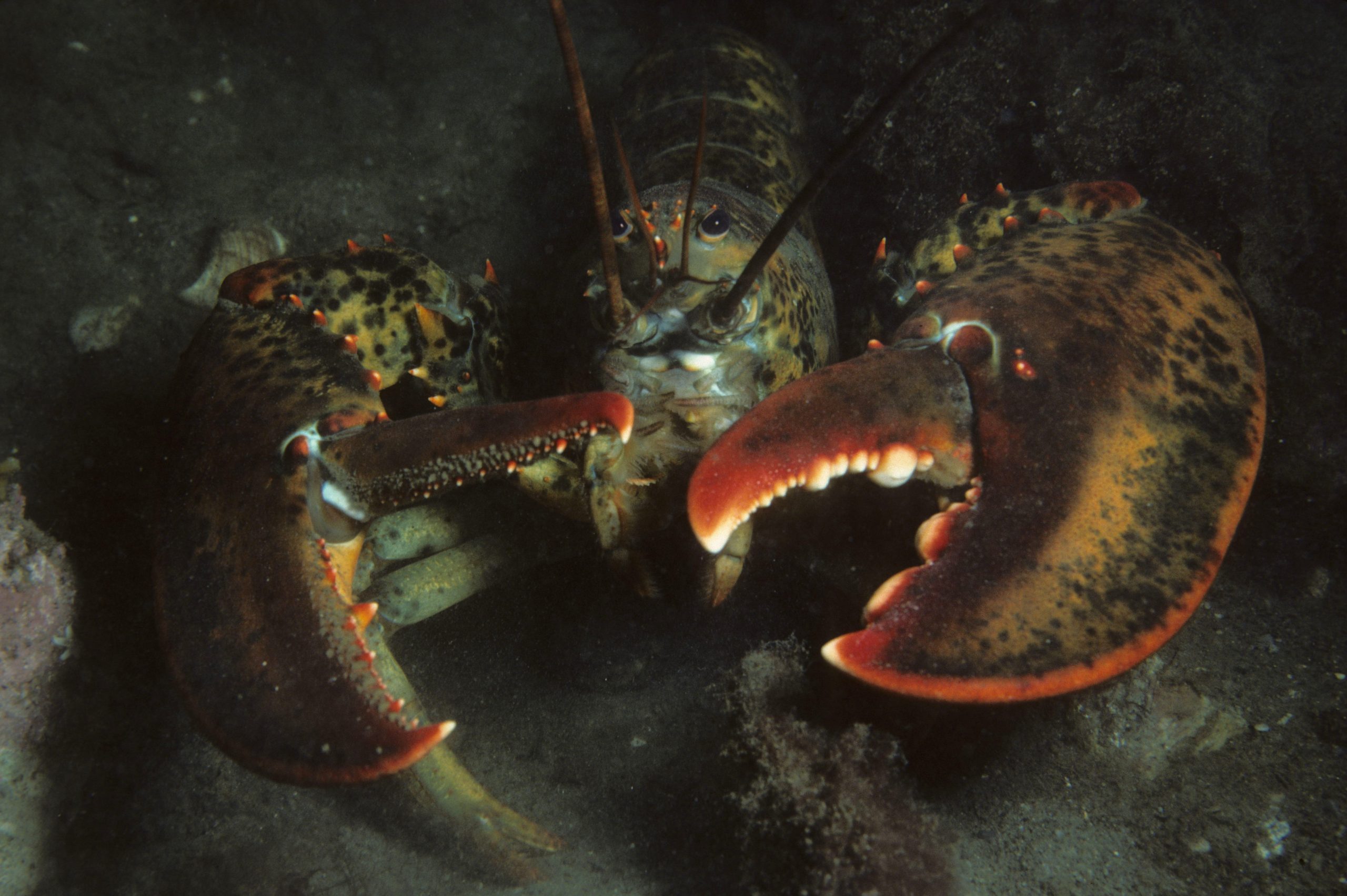


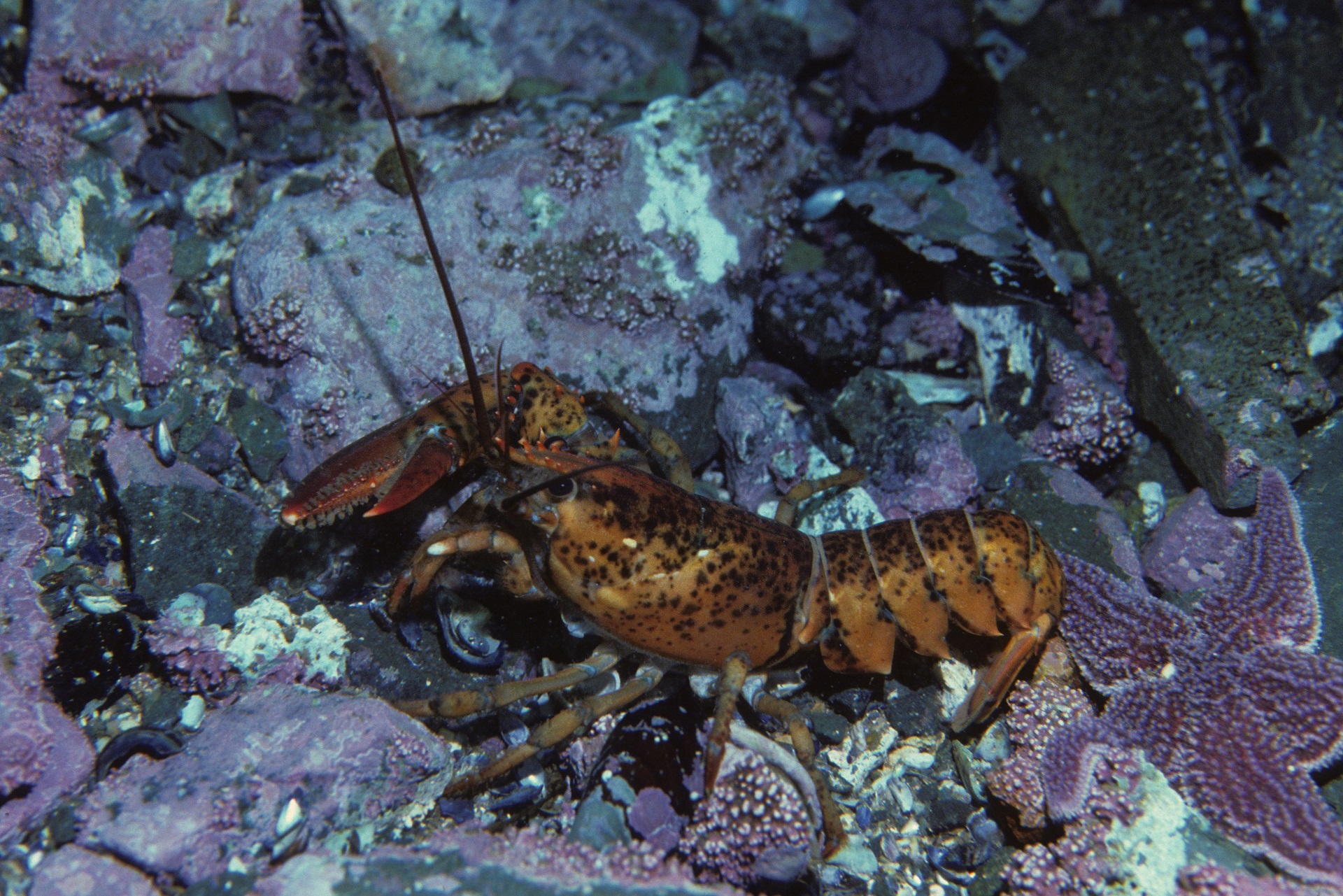
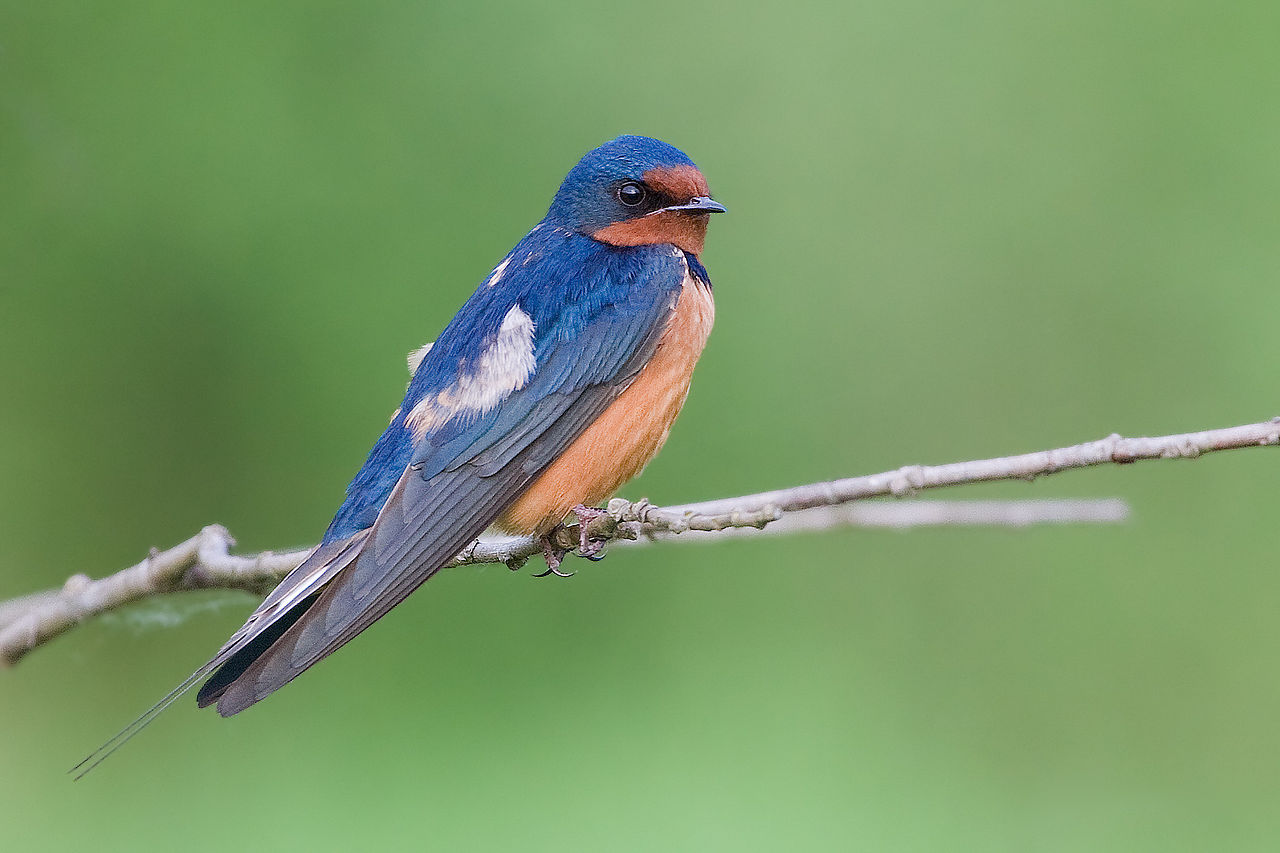

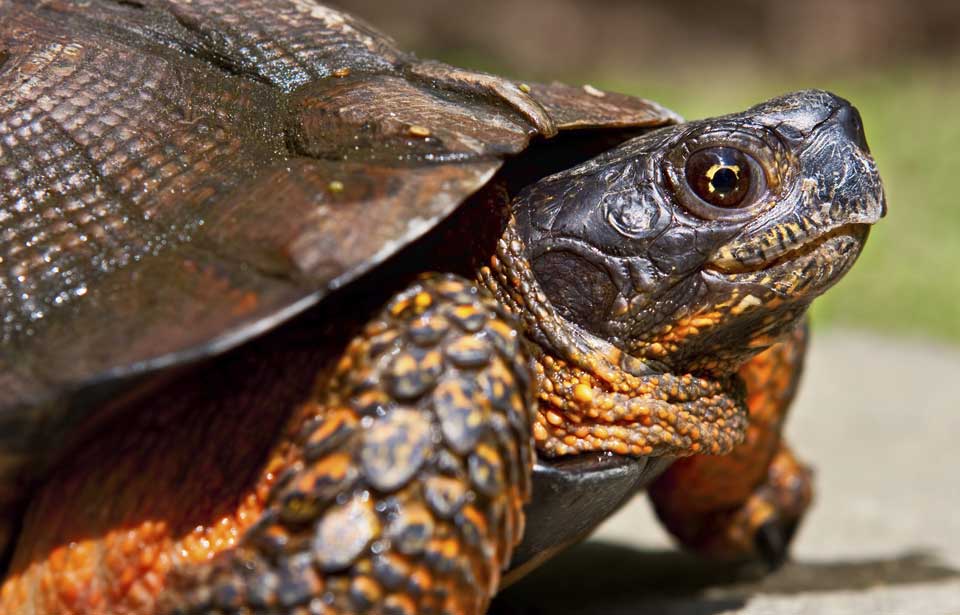
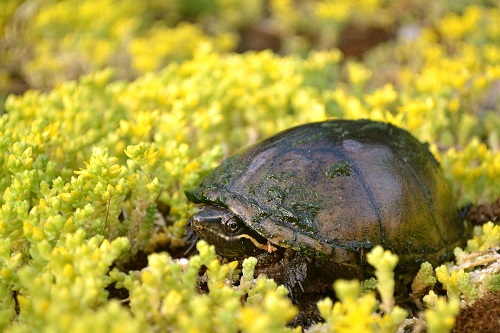

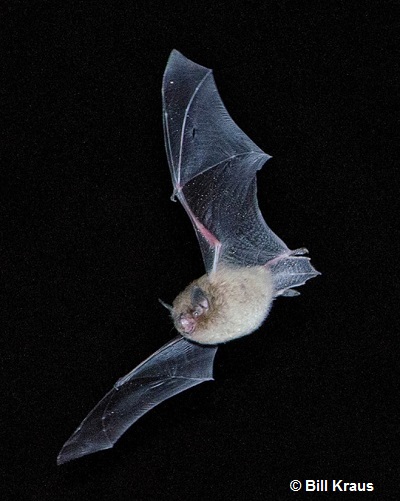

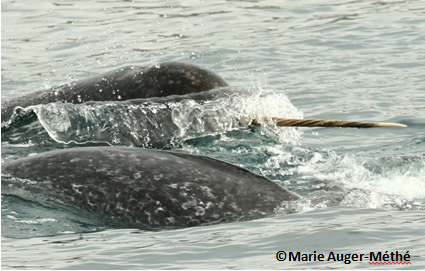
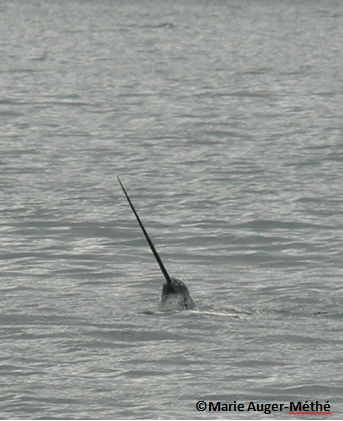
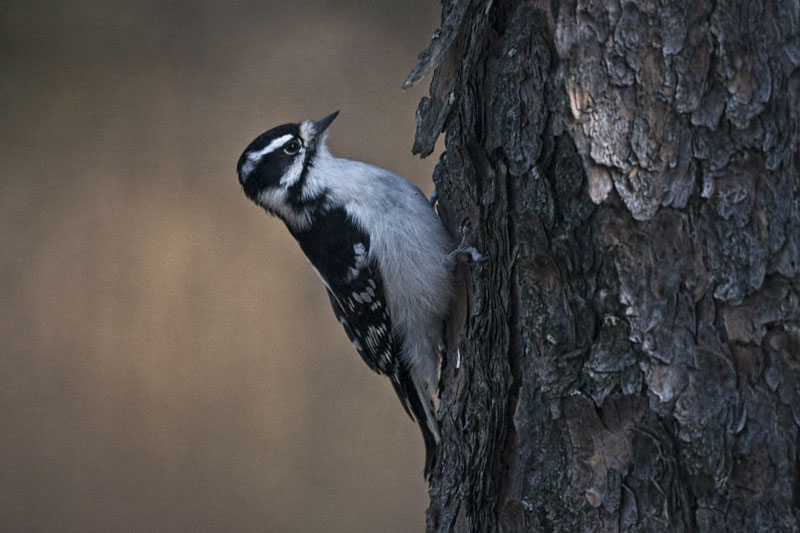

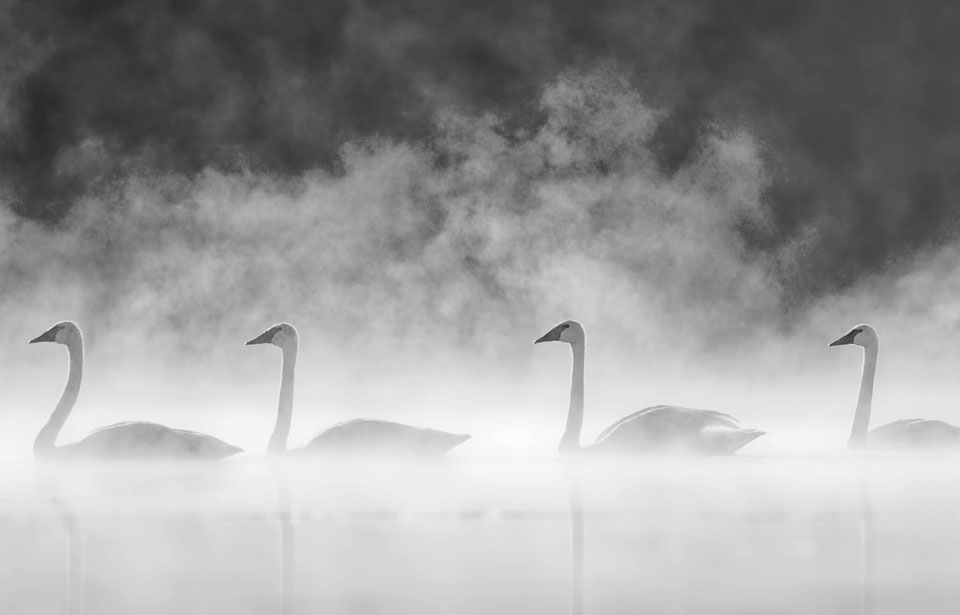
 Adult Trumpeter Swans Cygnus buccinator are large birds with white feathers and black legs and feet. The feathers of the head and the upper part of the neck often become stained orange as a result of feeding in areas rich in iron salts. The lack of colour anywhere on the swans’ bodies distinguishes them from other white species of waterfowl, such as snow geese, which have black wing tips.
Adult Trumpeter Swans Cygnus buccinator are large birds with white feathers and black legs and feet. The feathers of the head and the upper part of the neck often become stained orange as a result of feeding in areas rich in iron salts. The lack of colour anywhere on the swans’ bodies distinguishes them from other white species of waterfowl, such as snow geese, which have black wing tips.